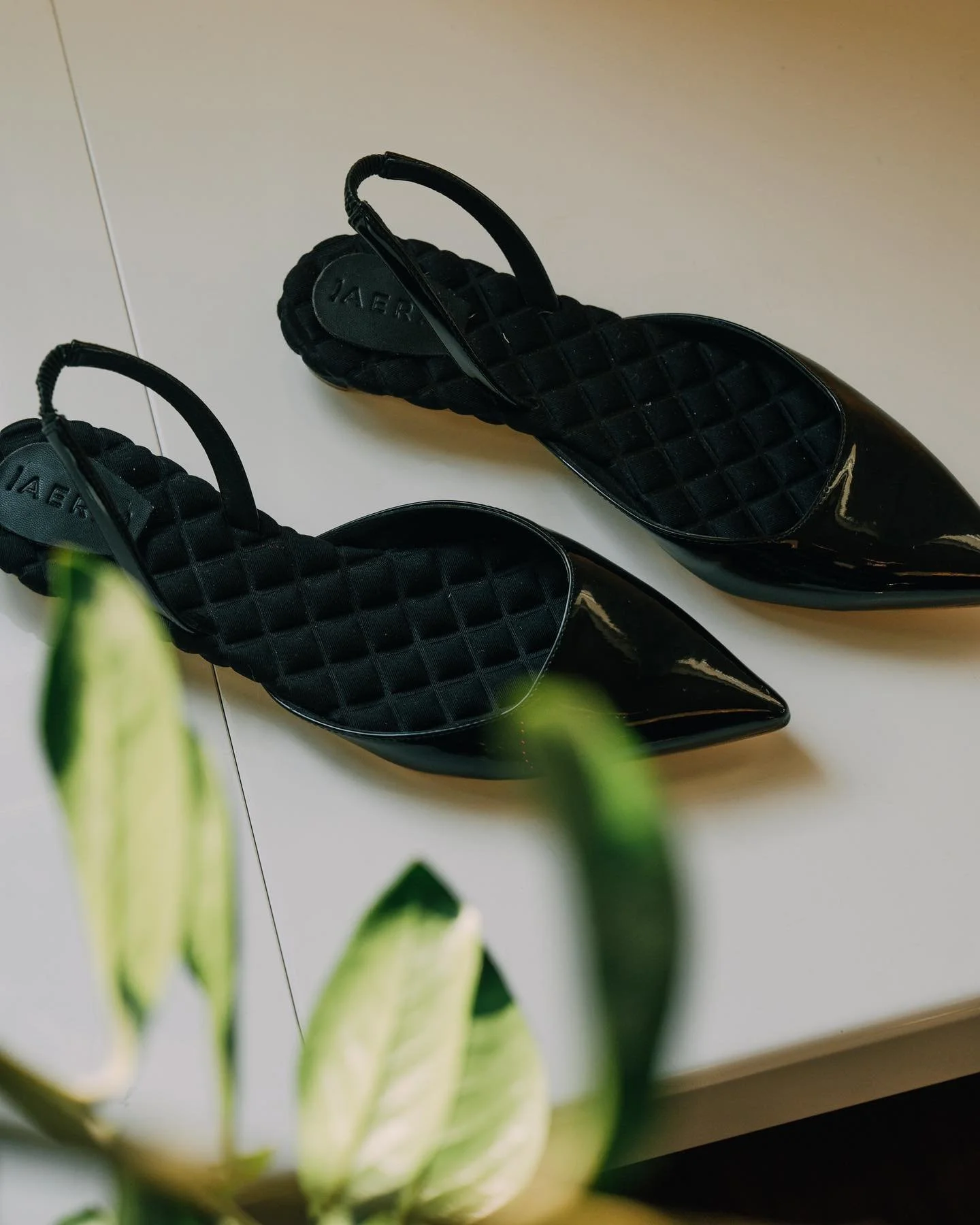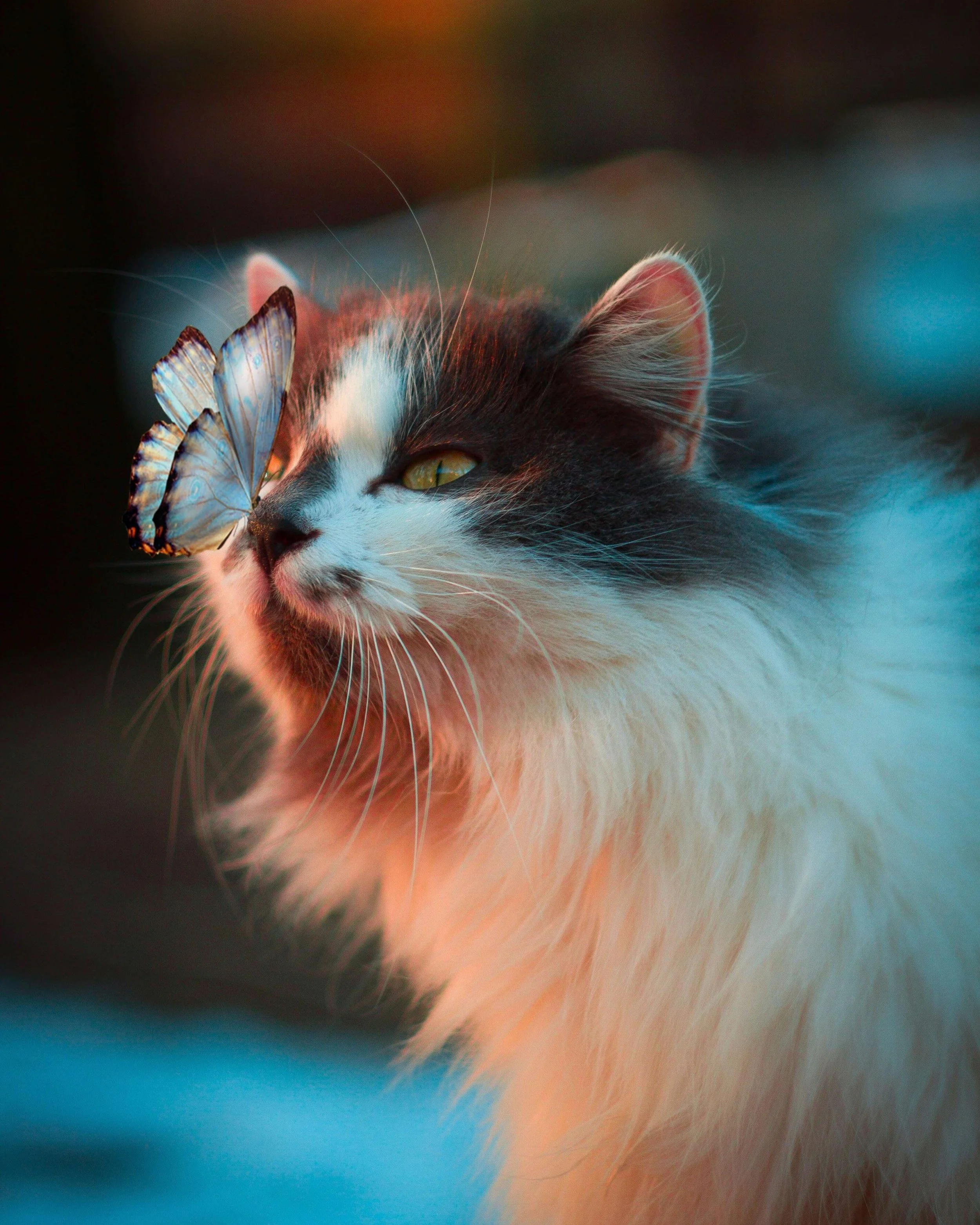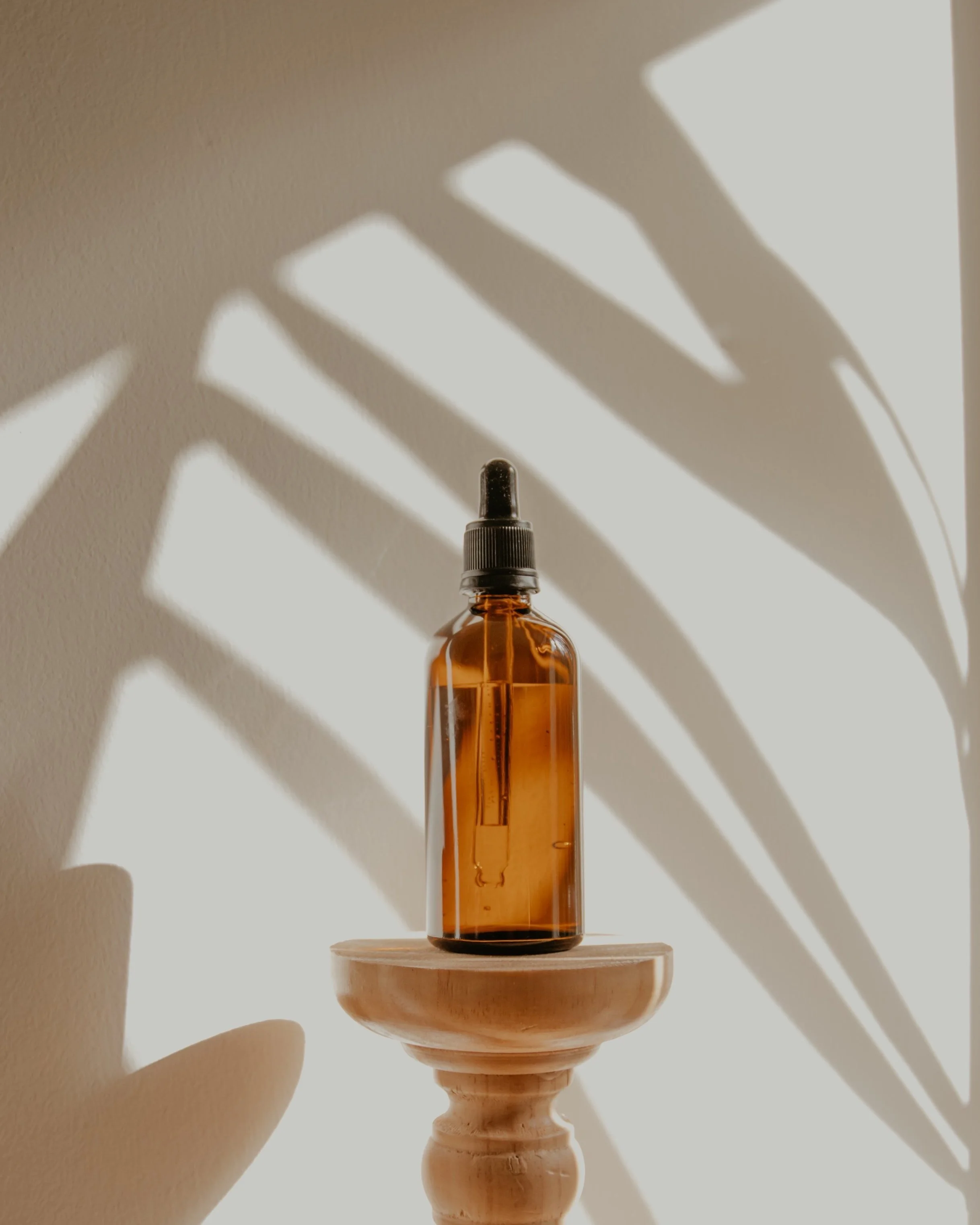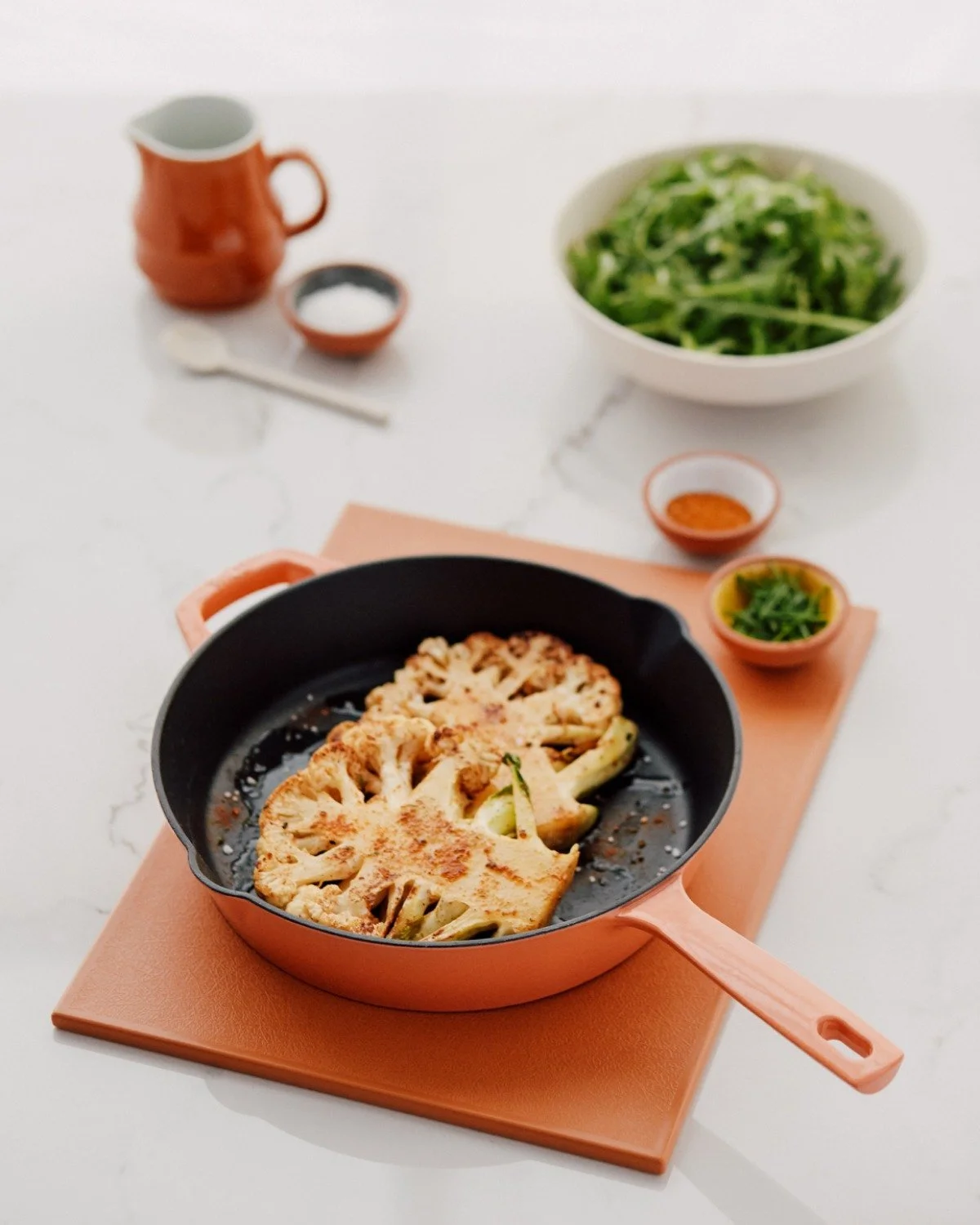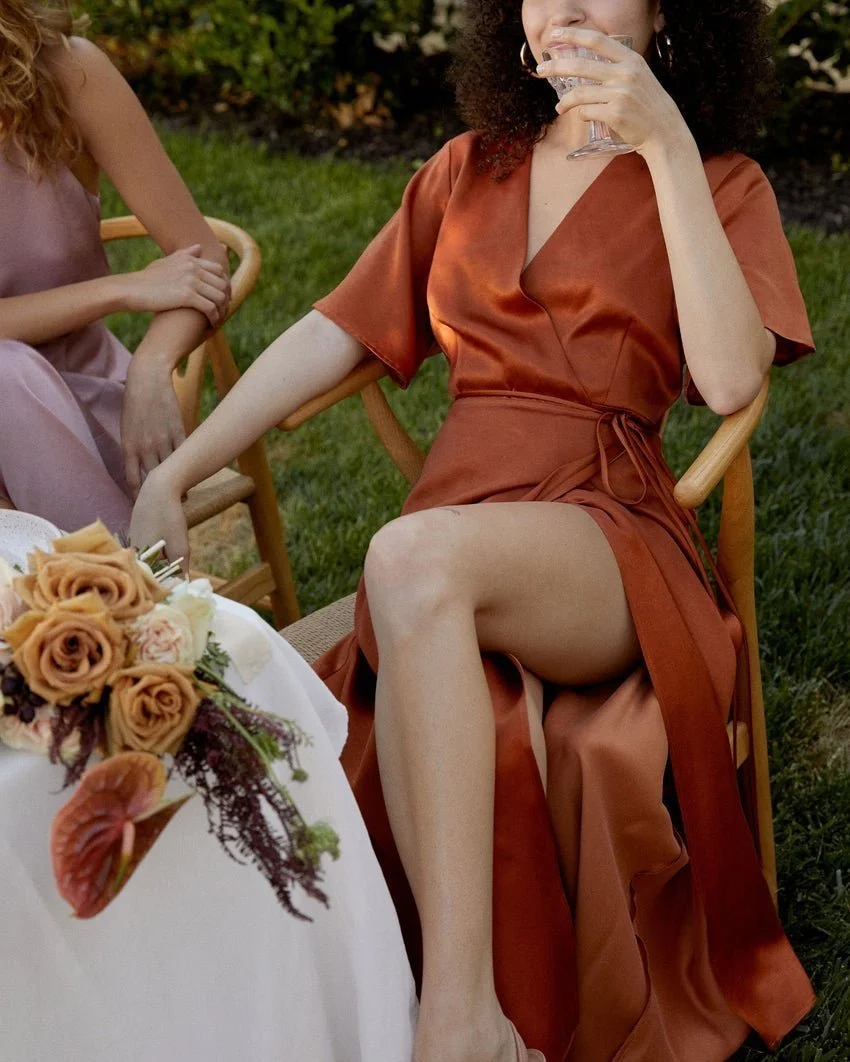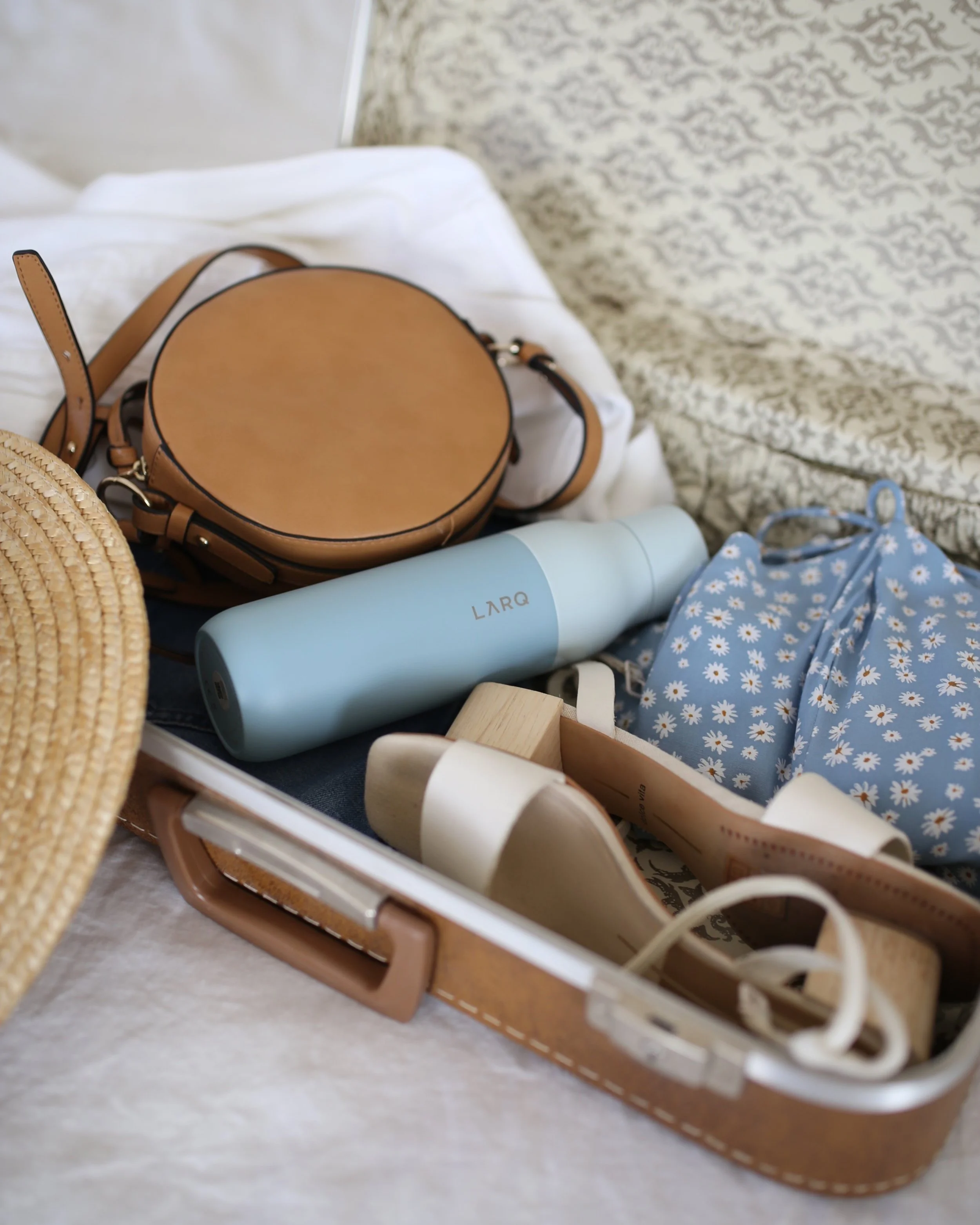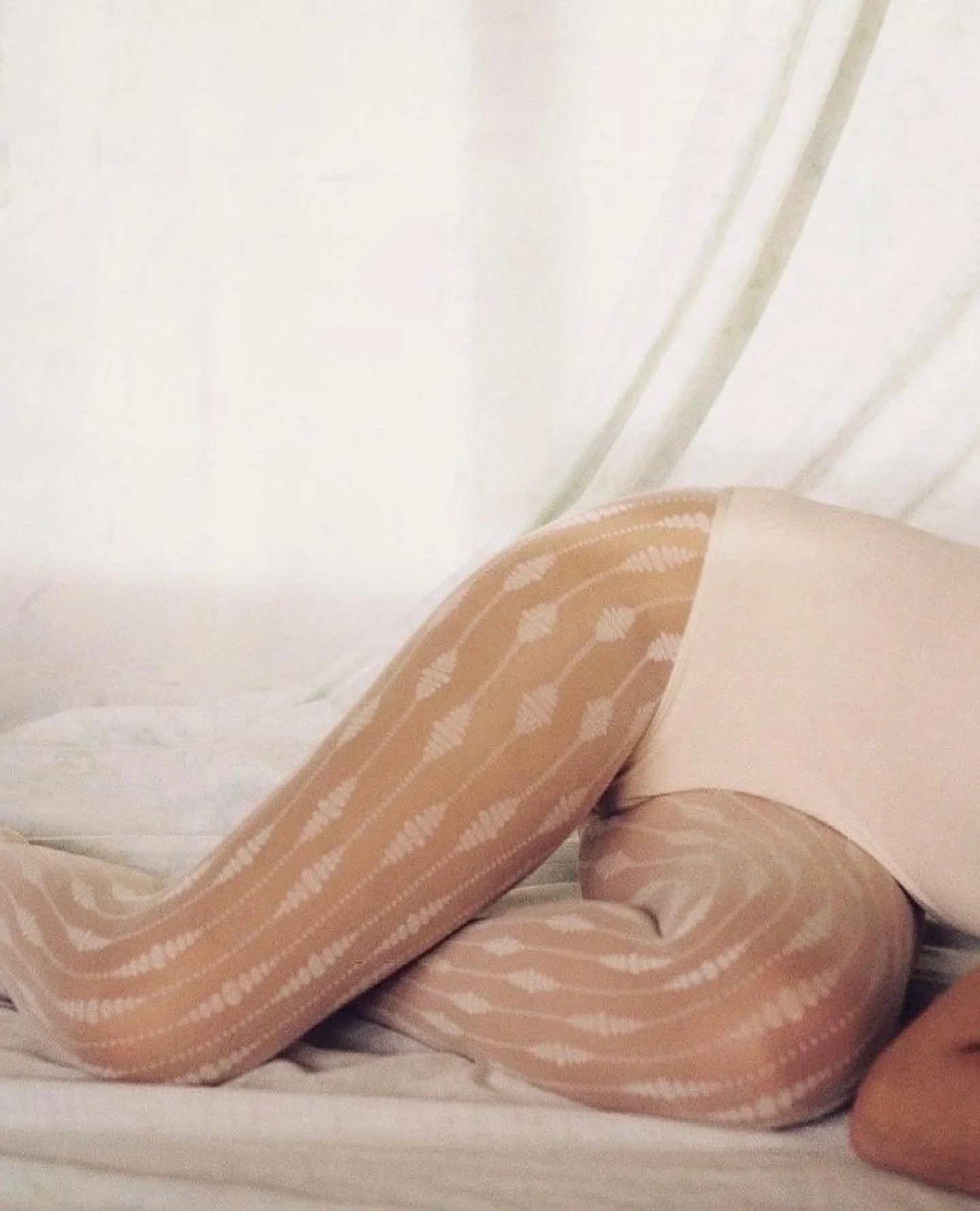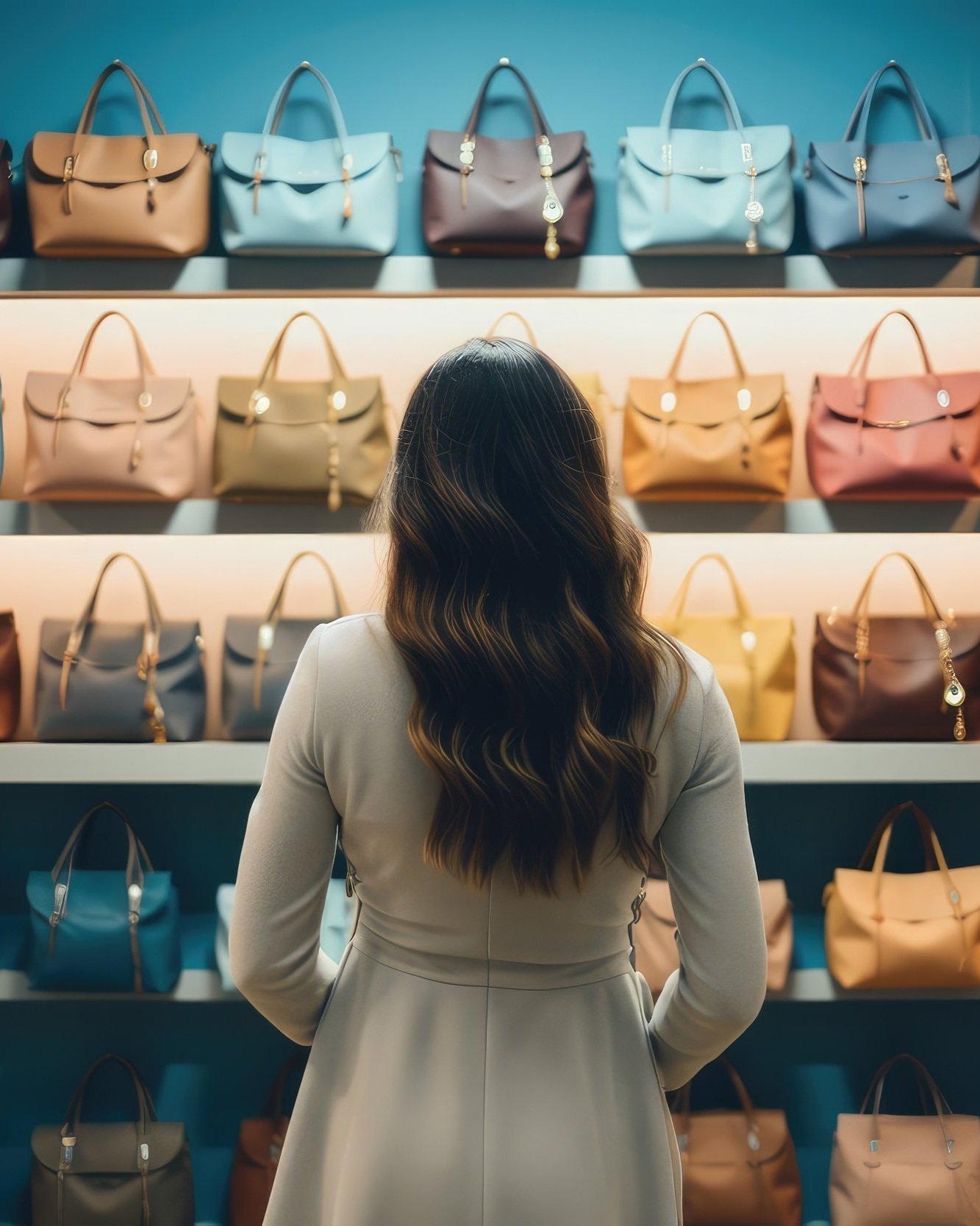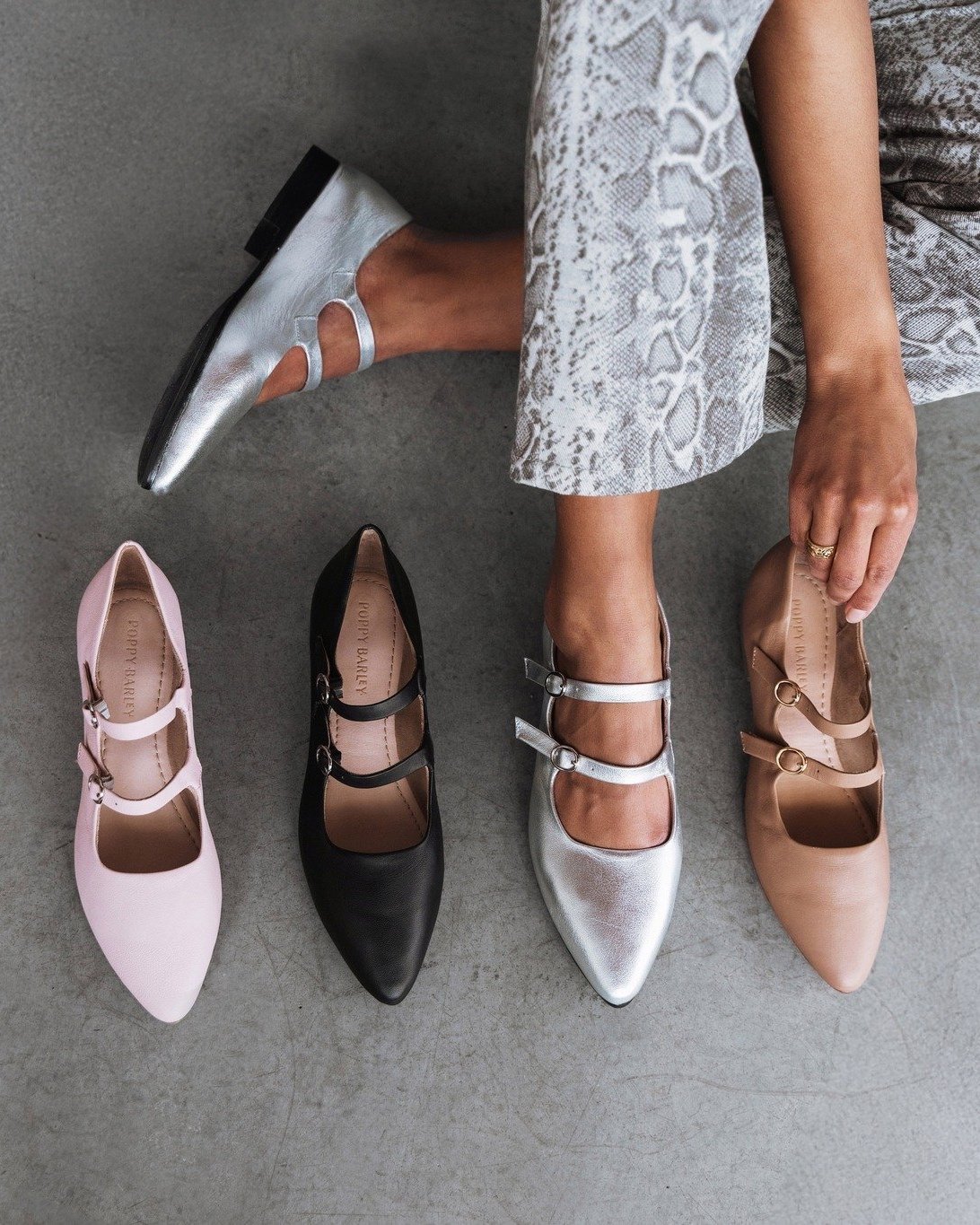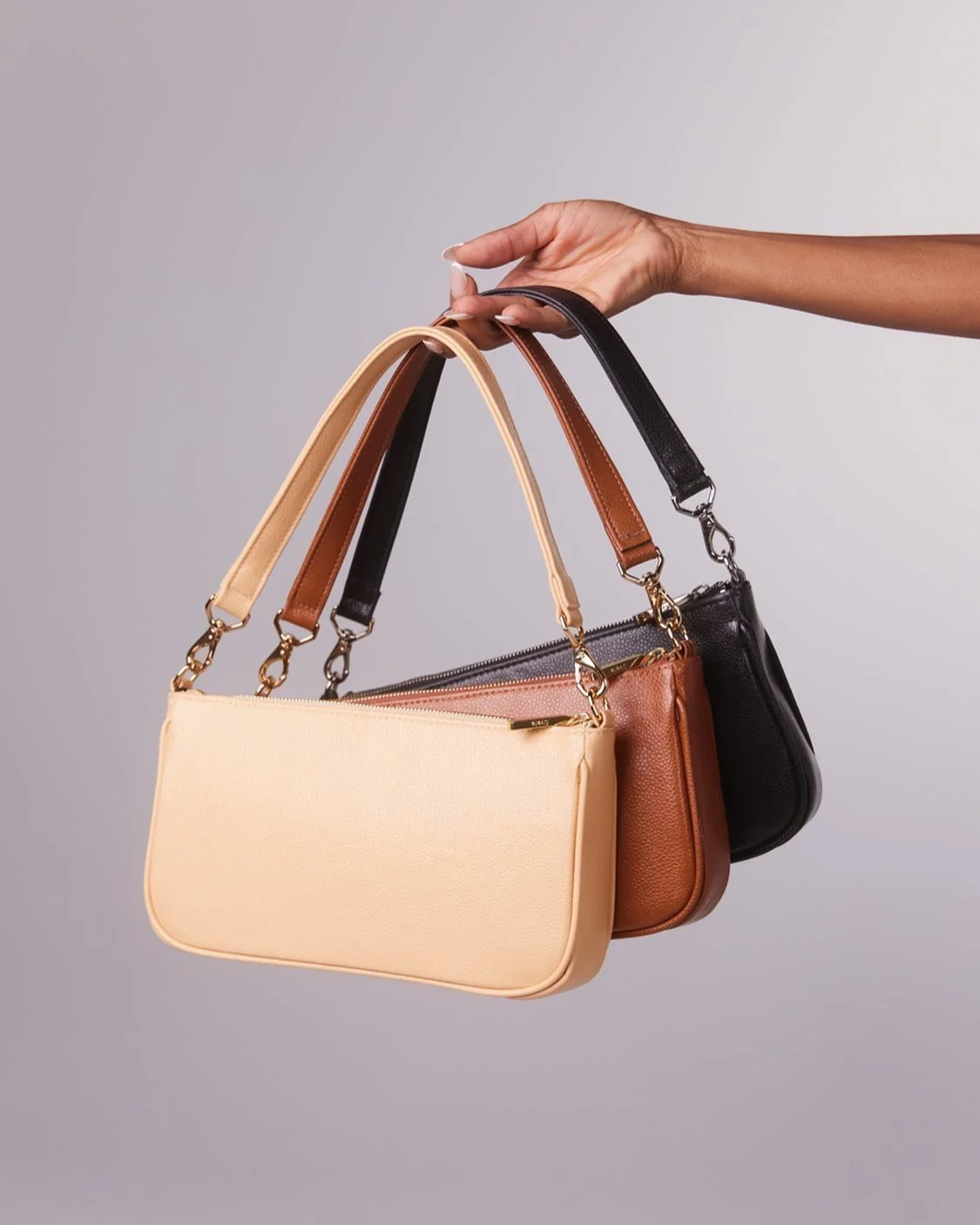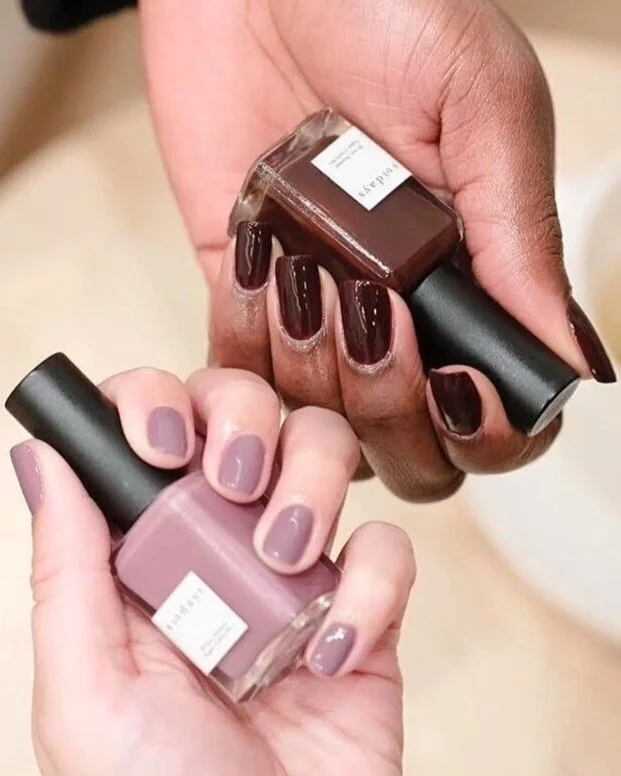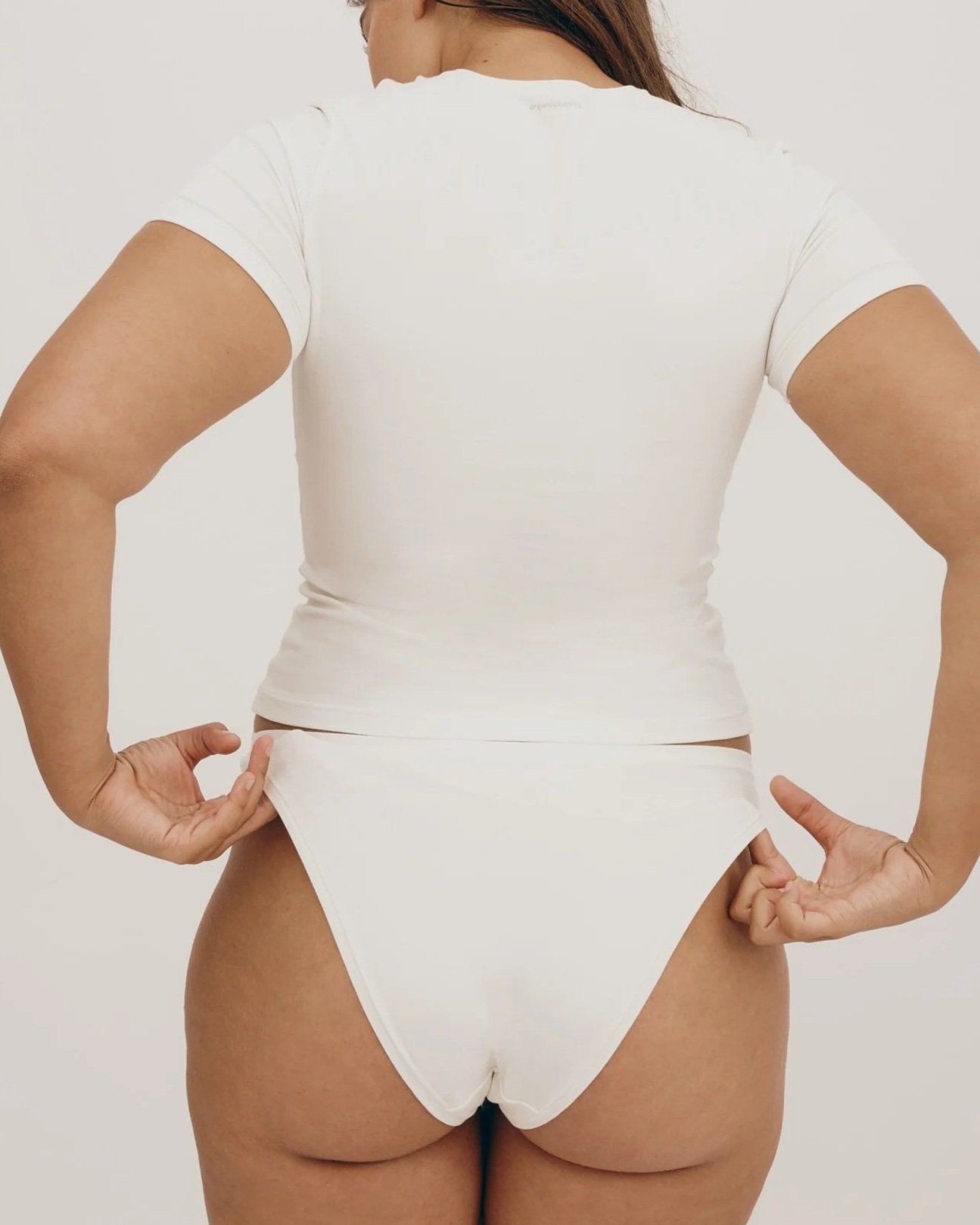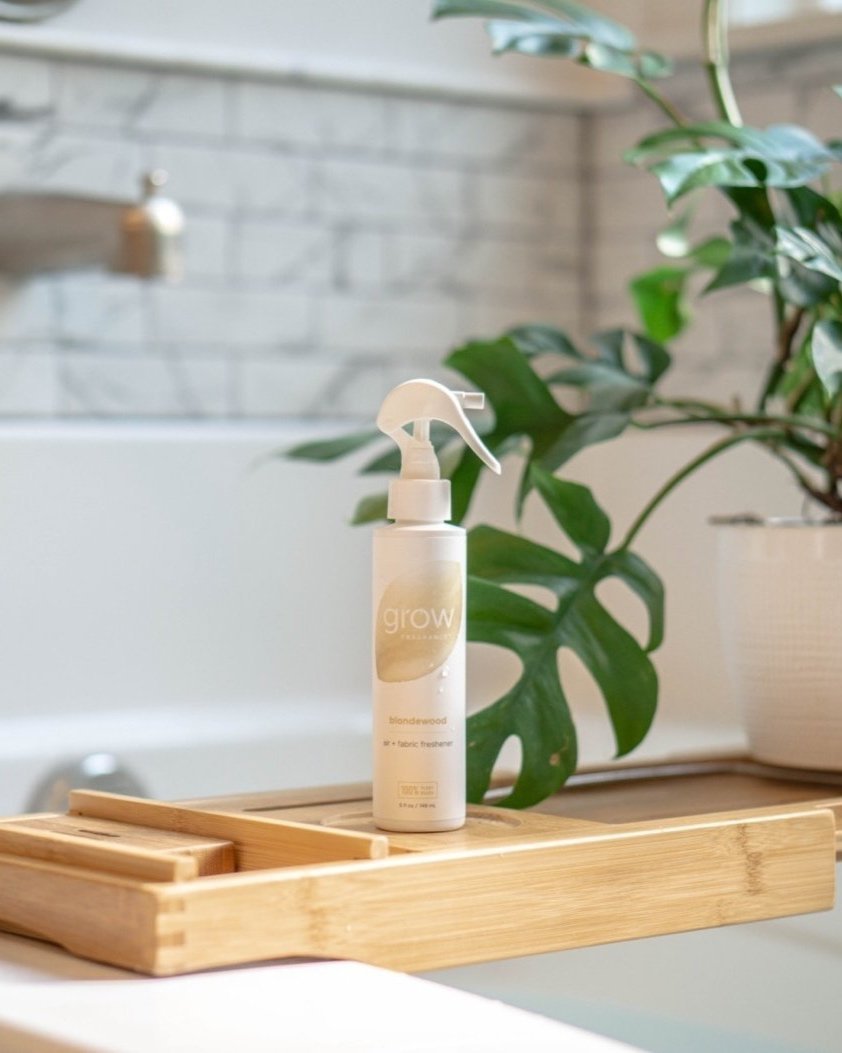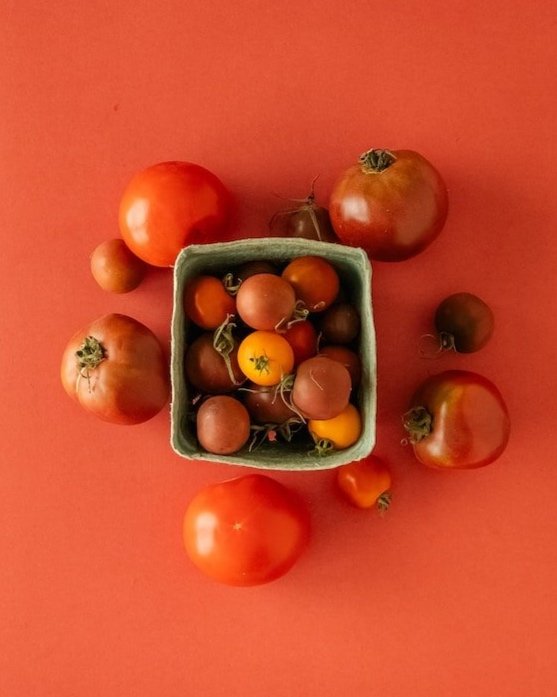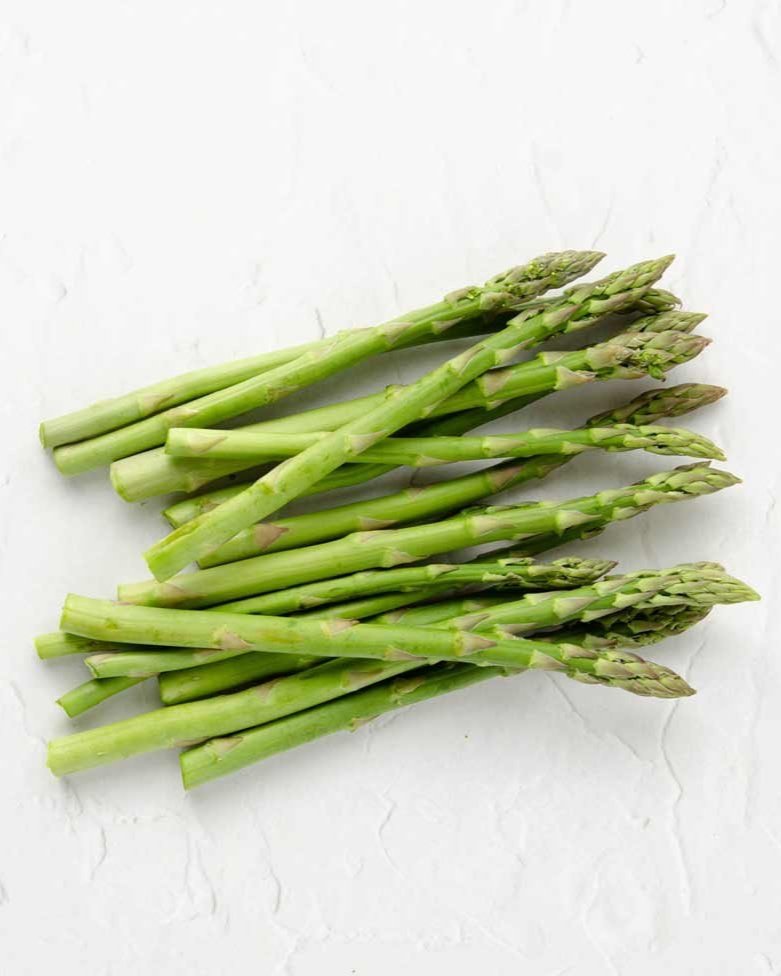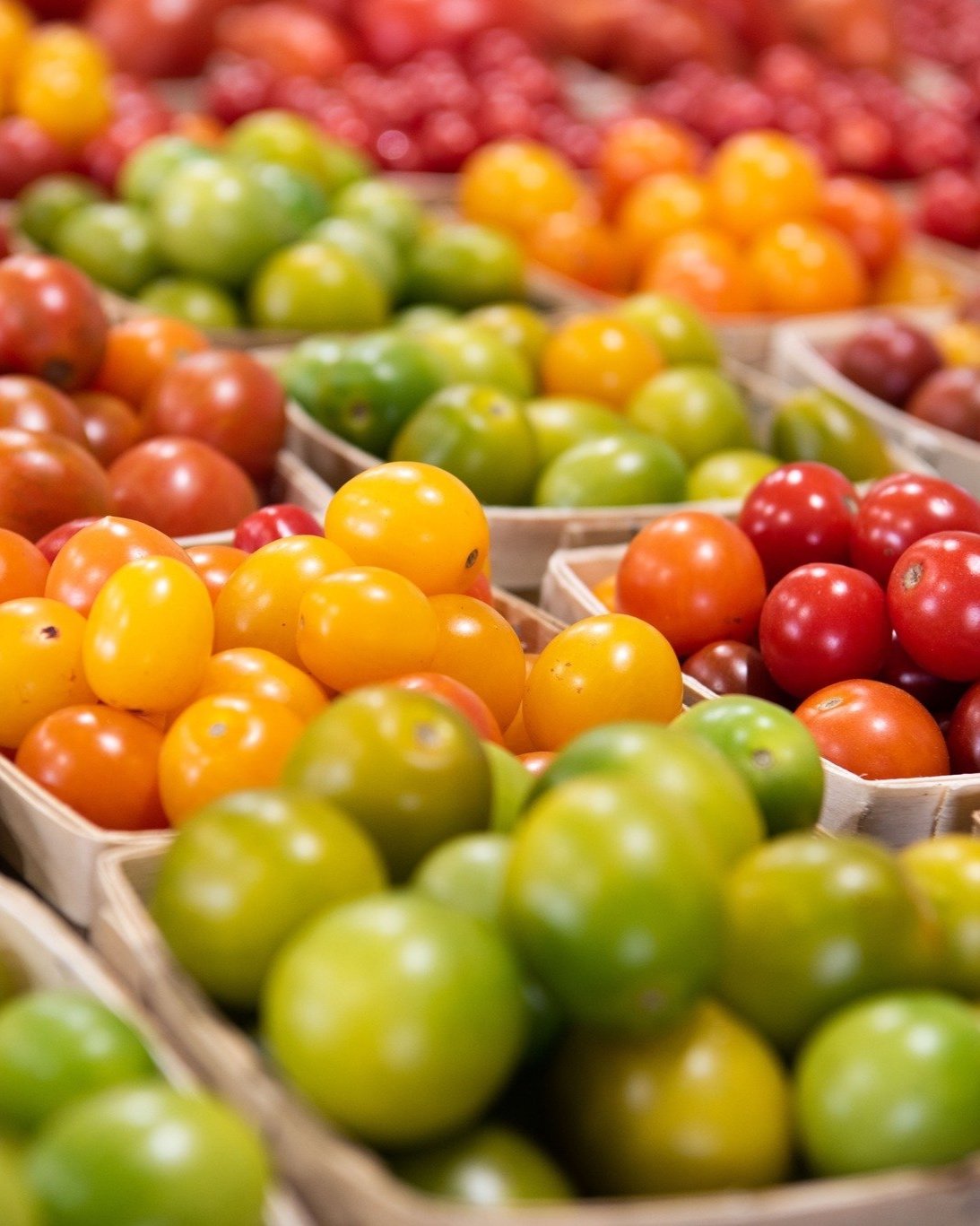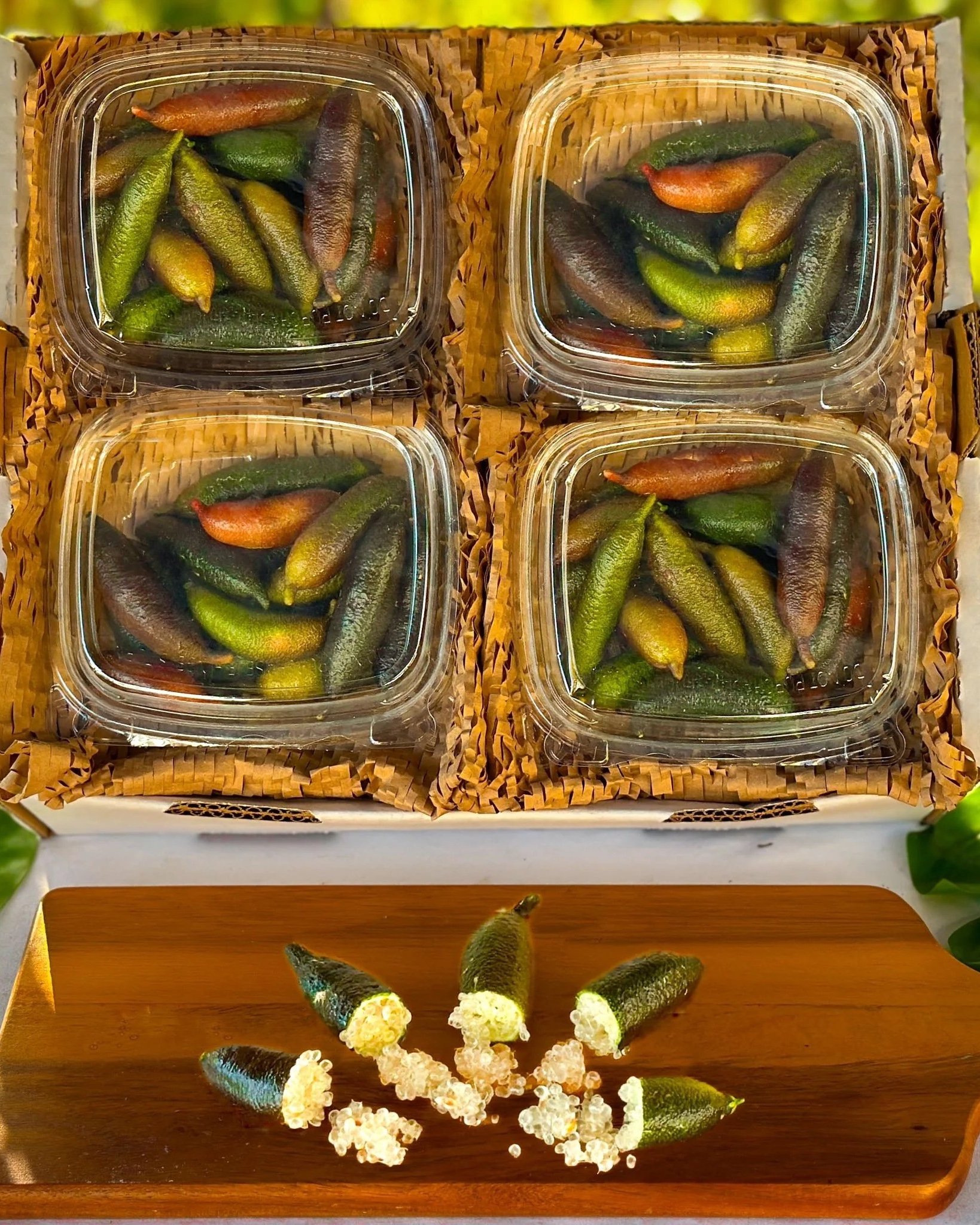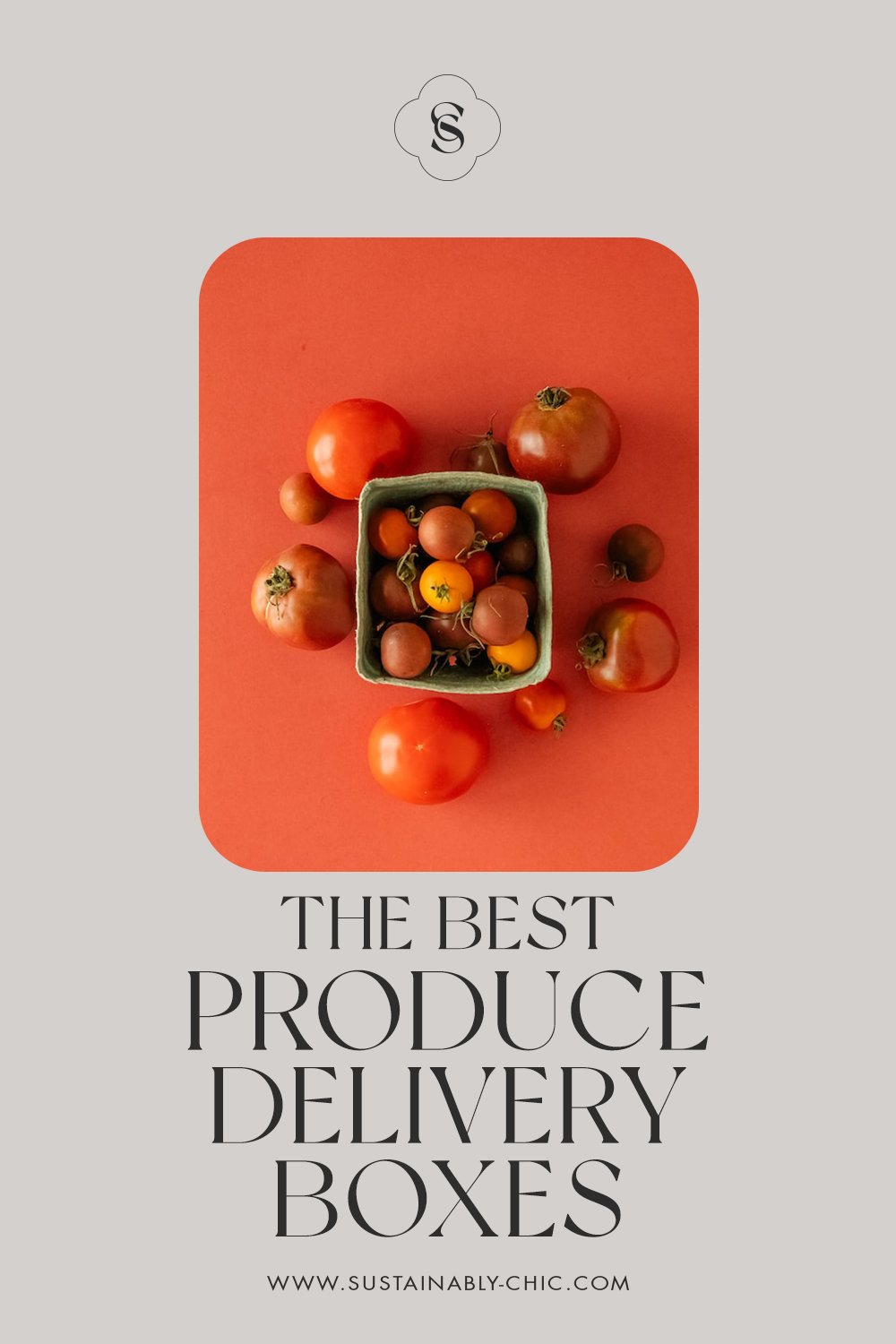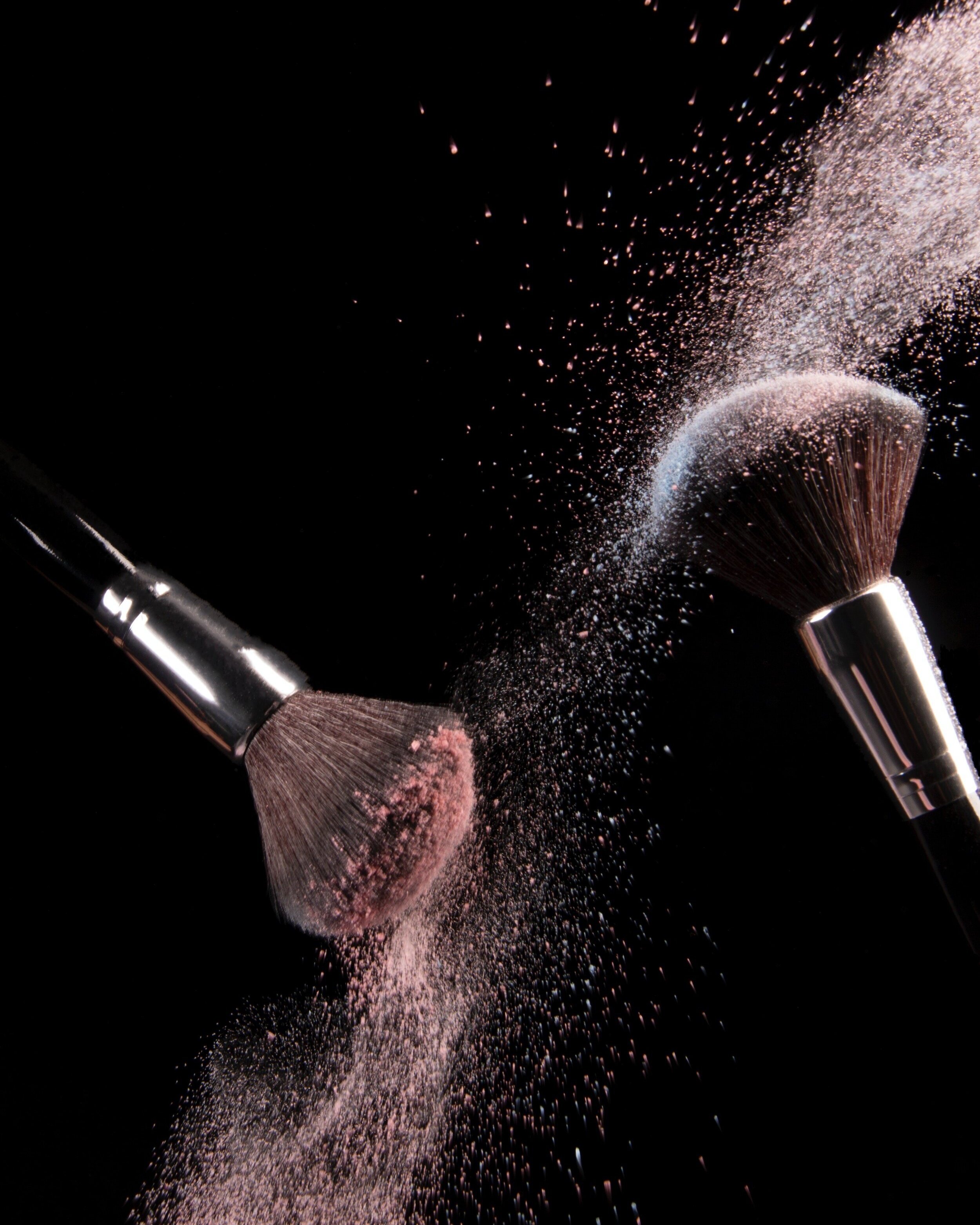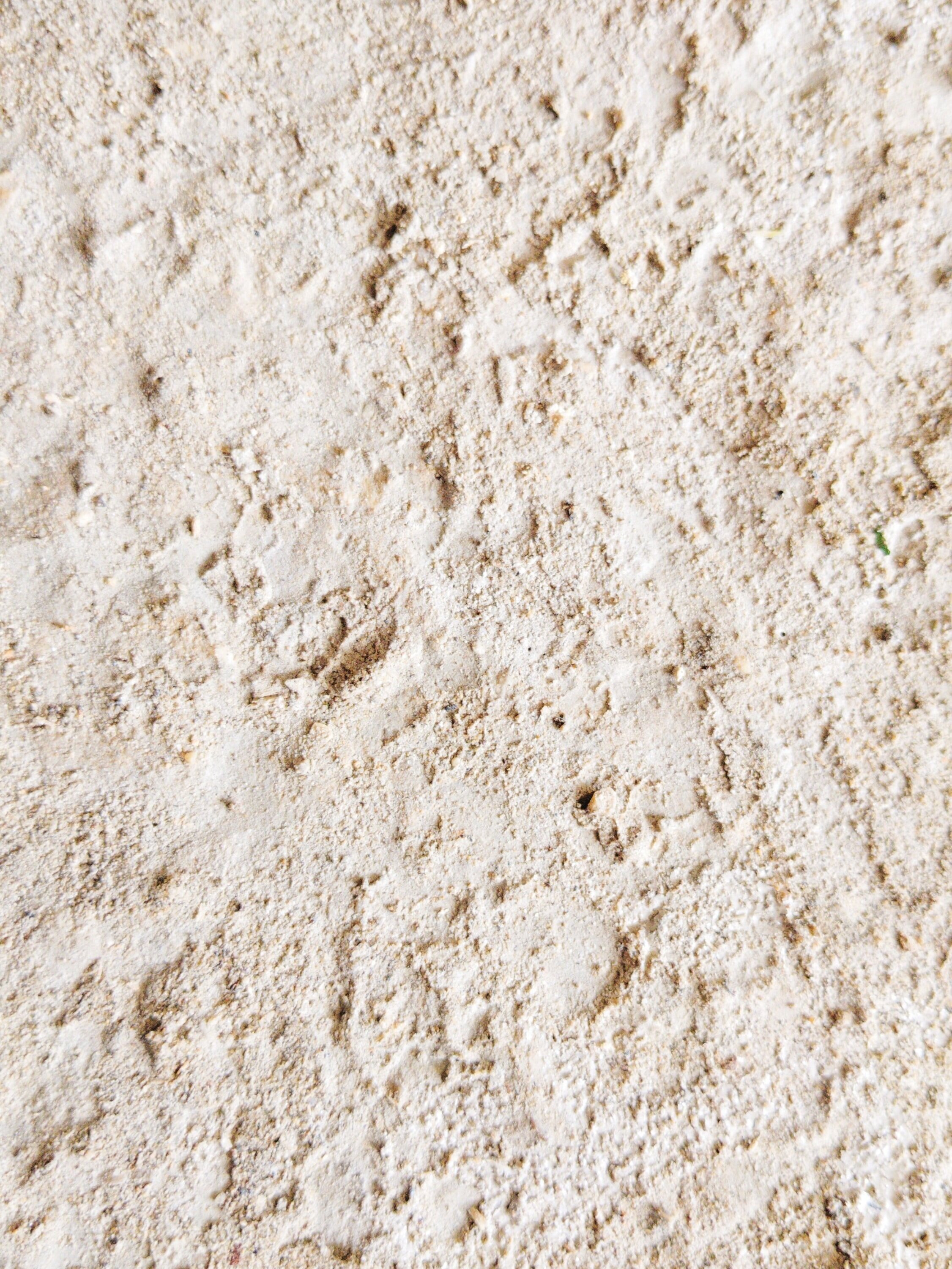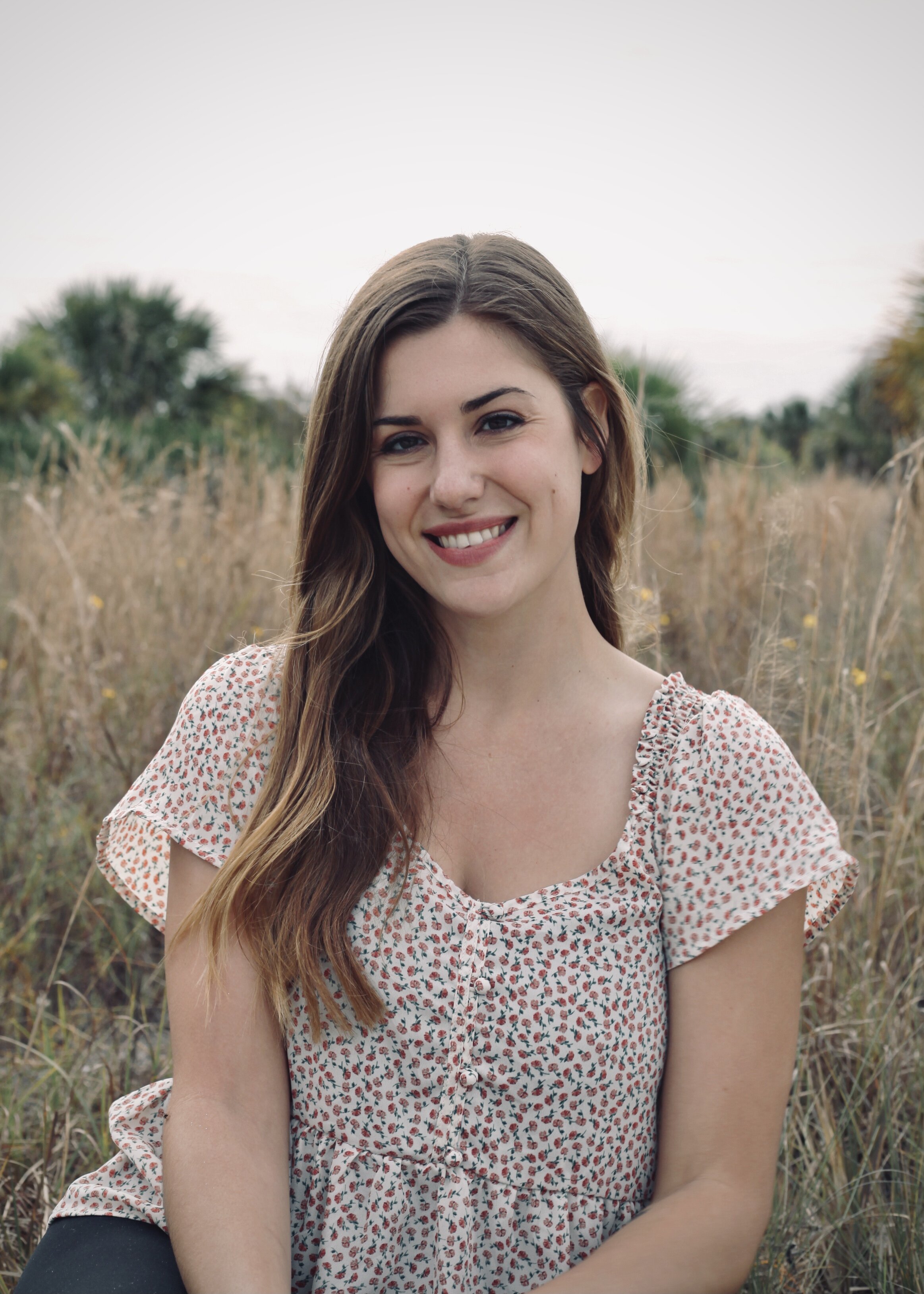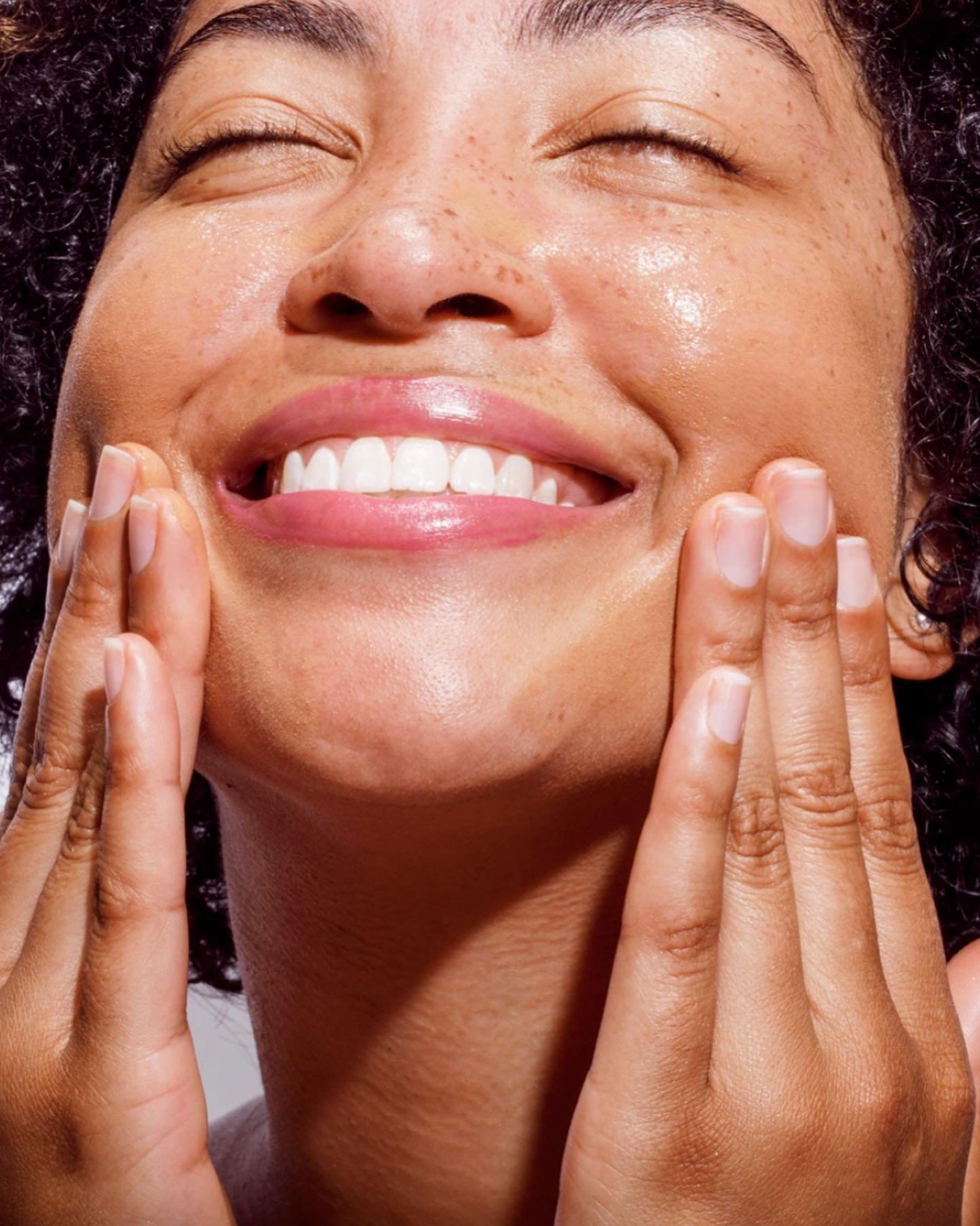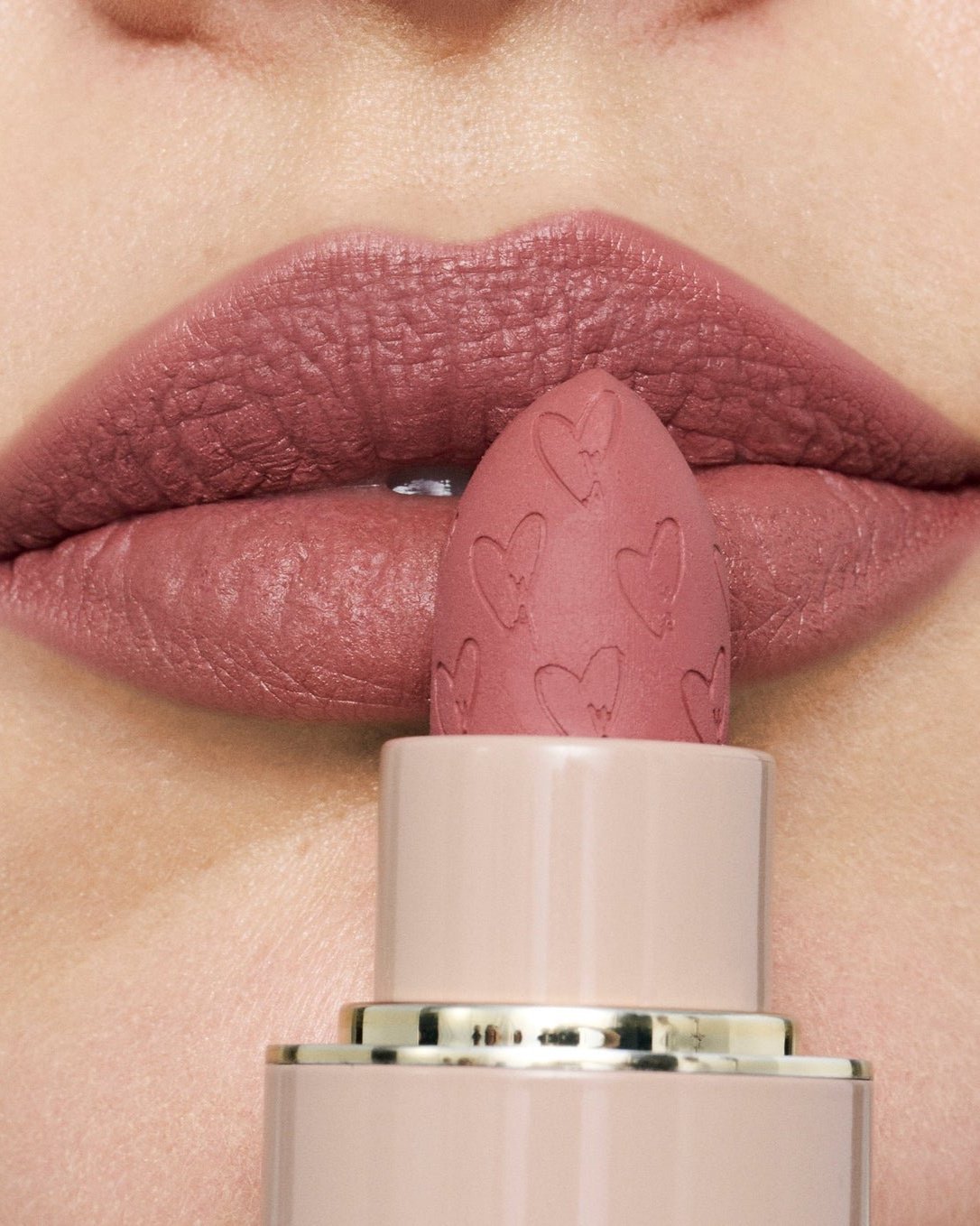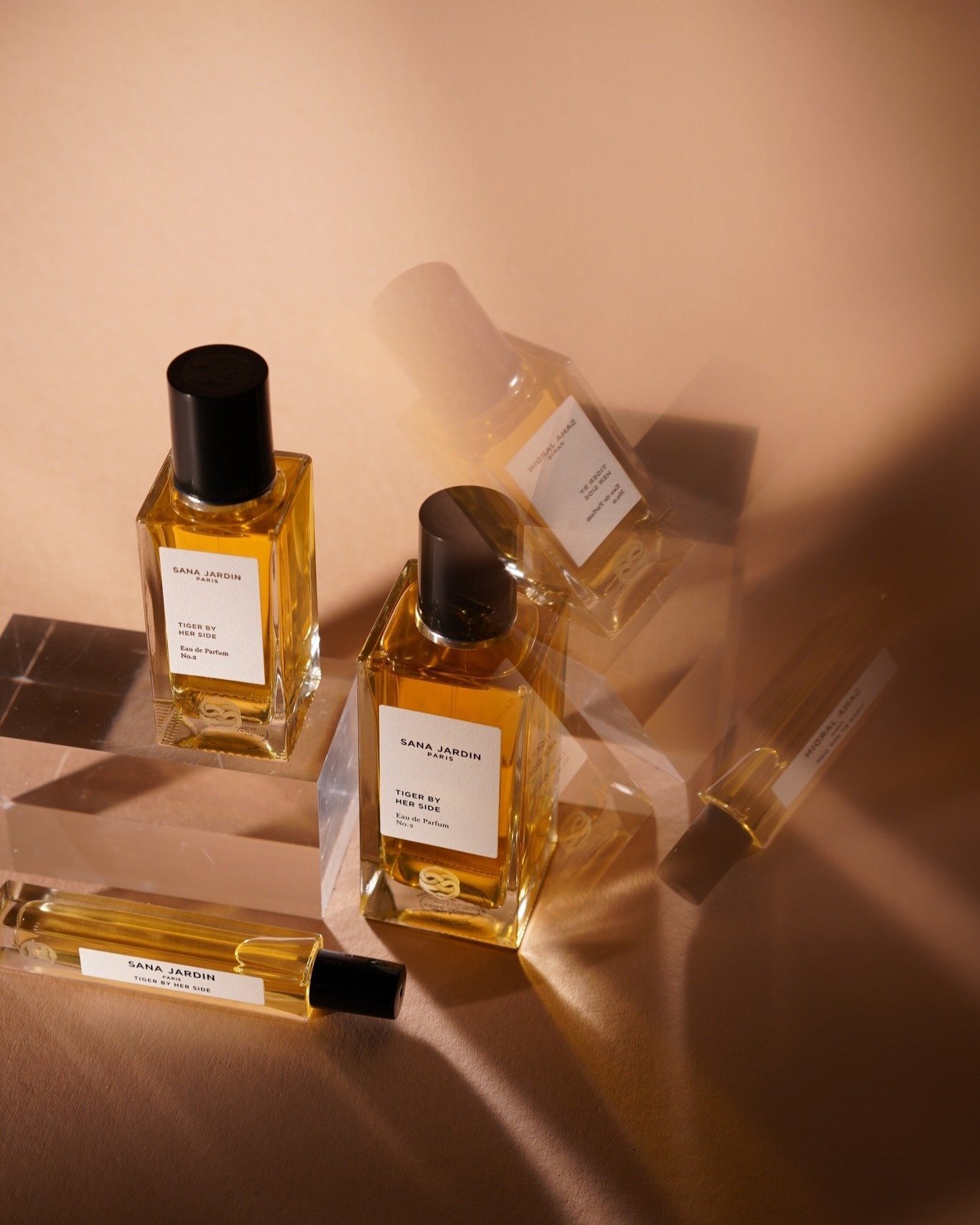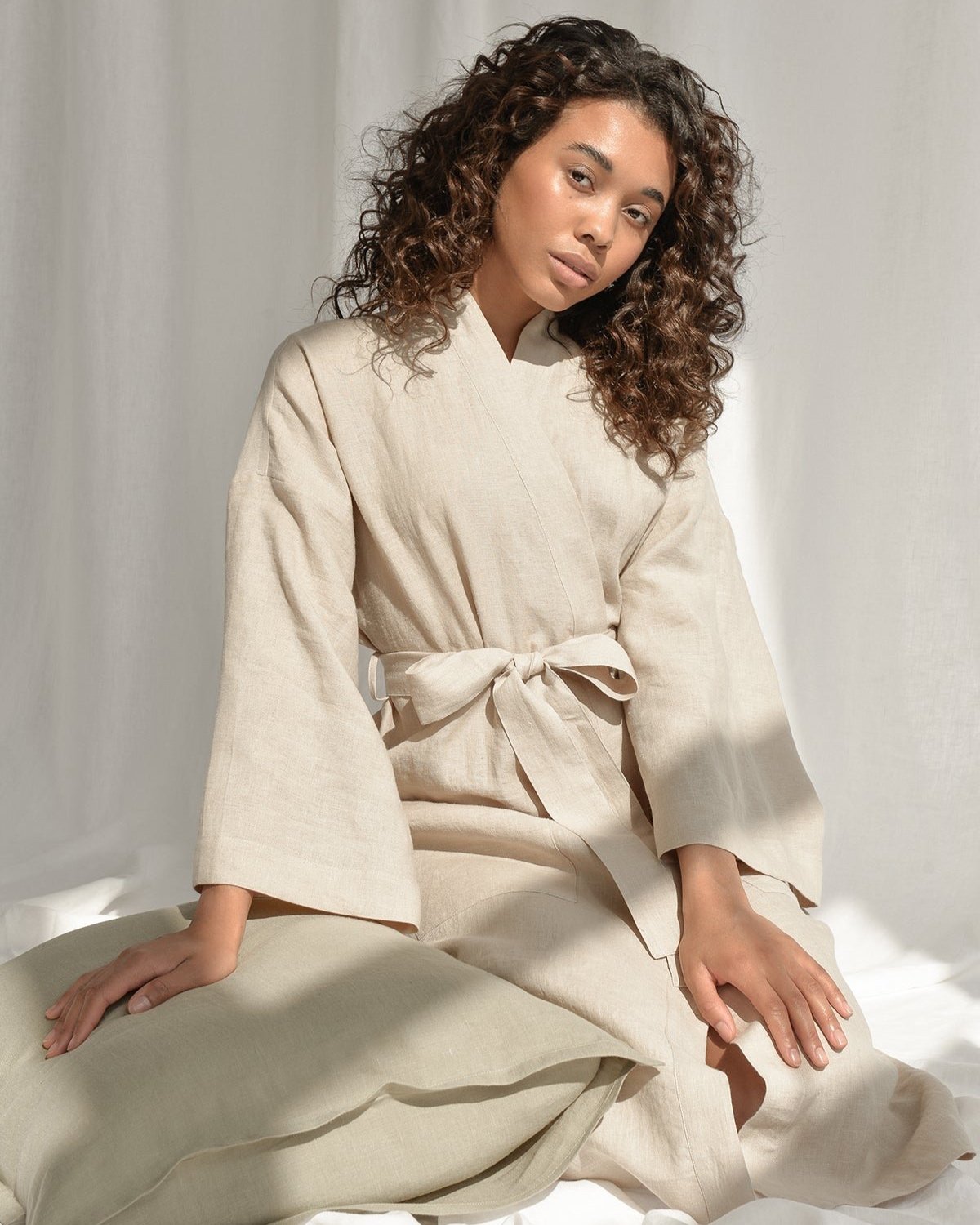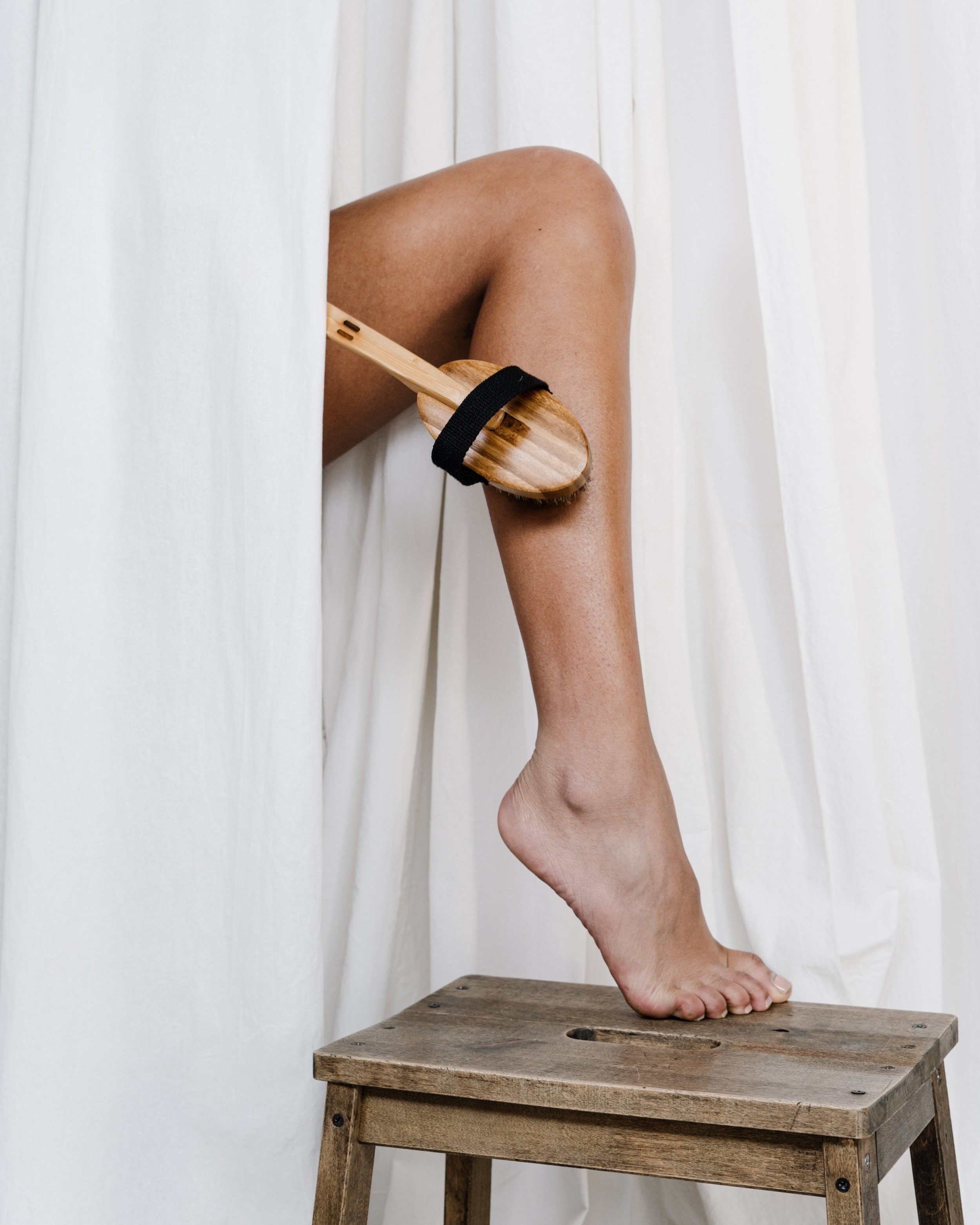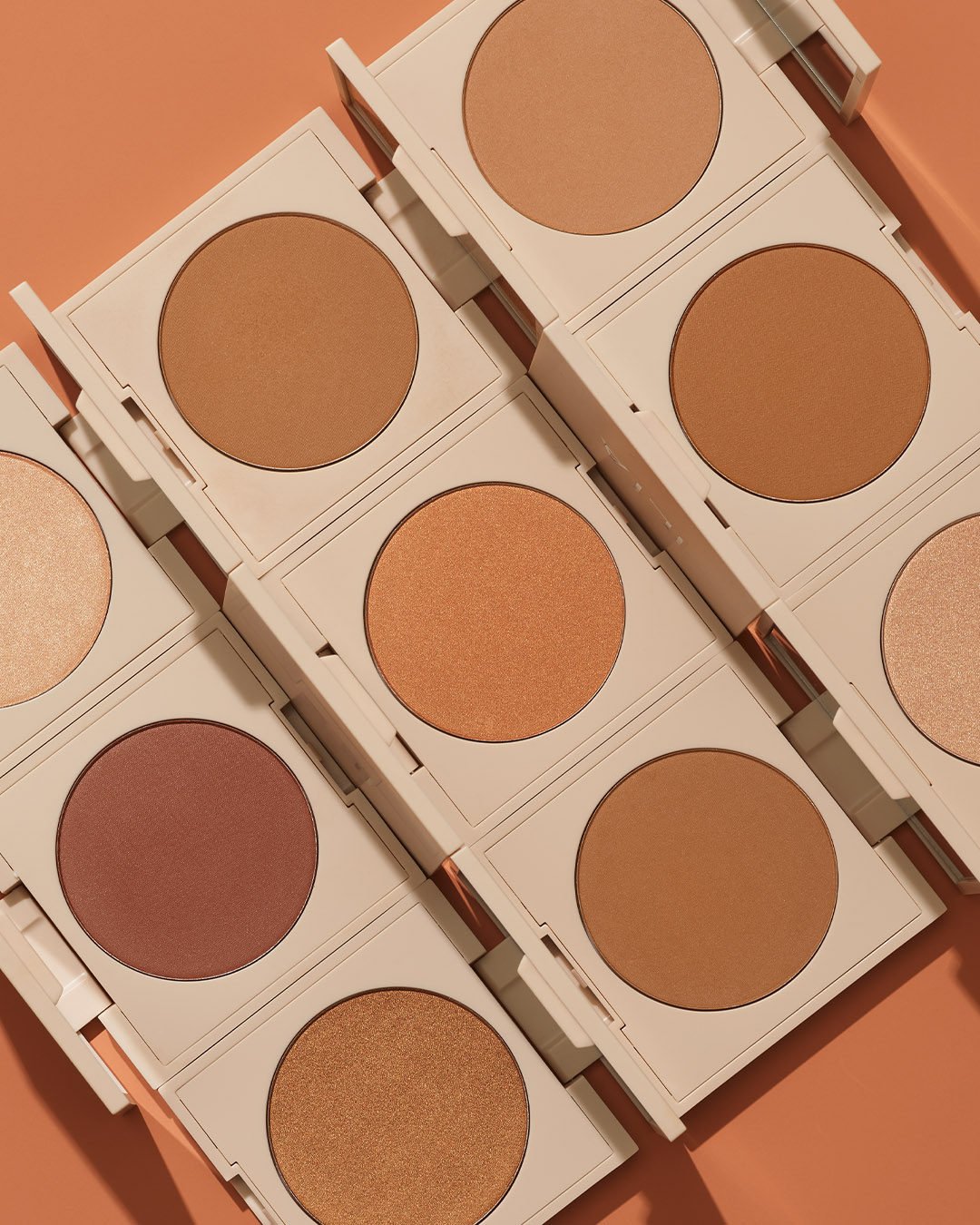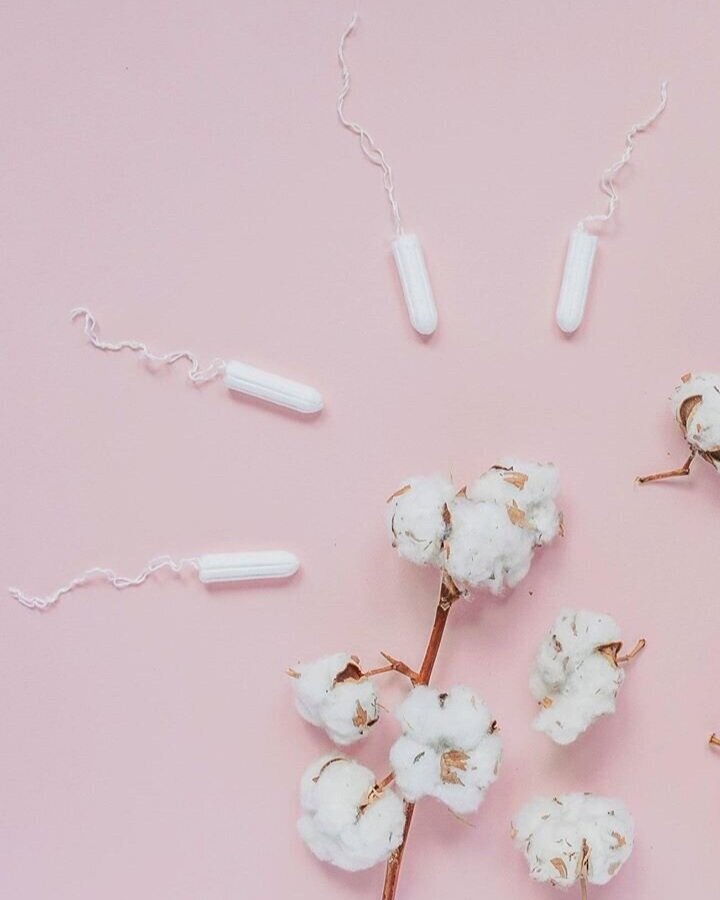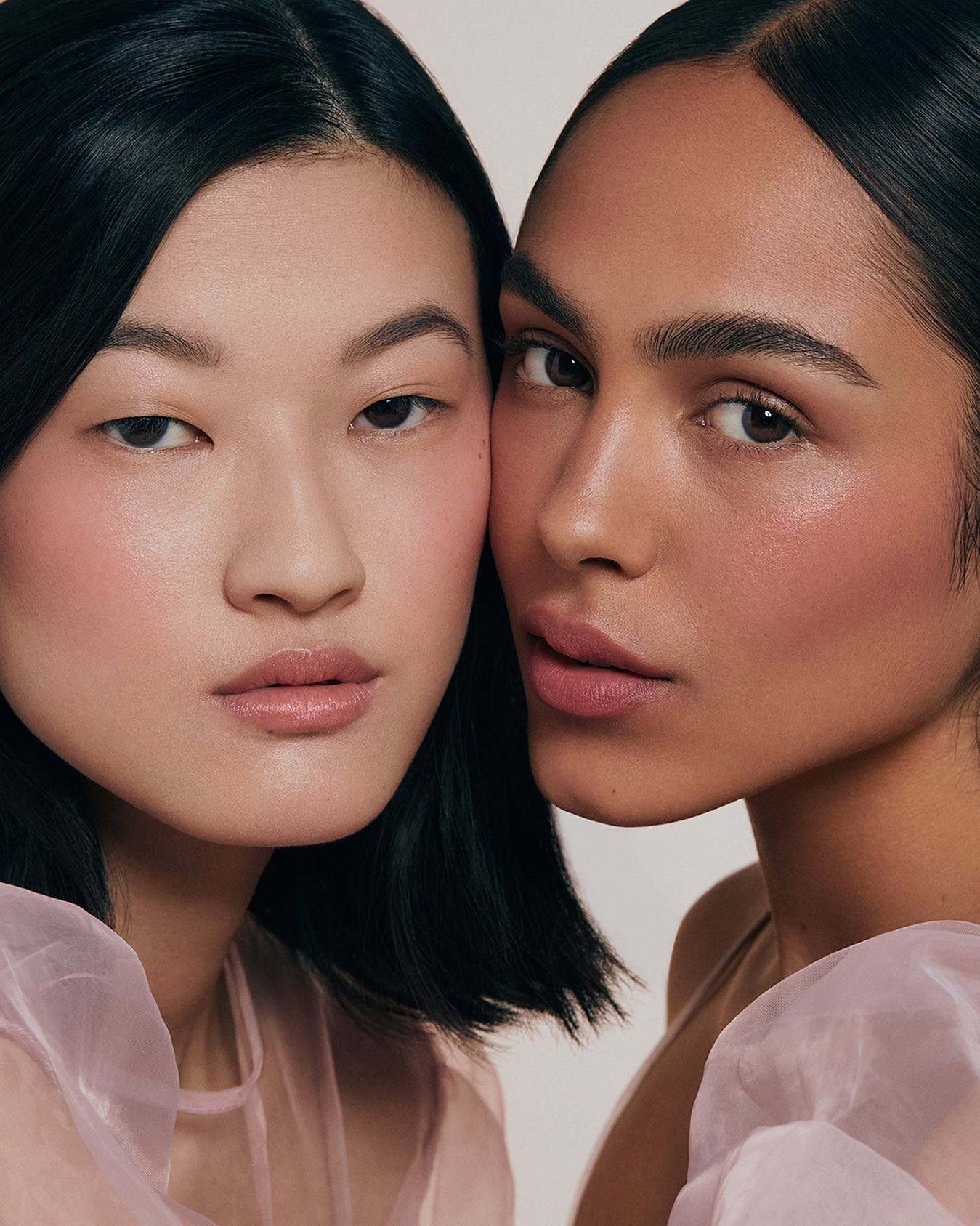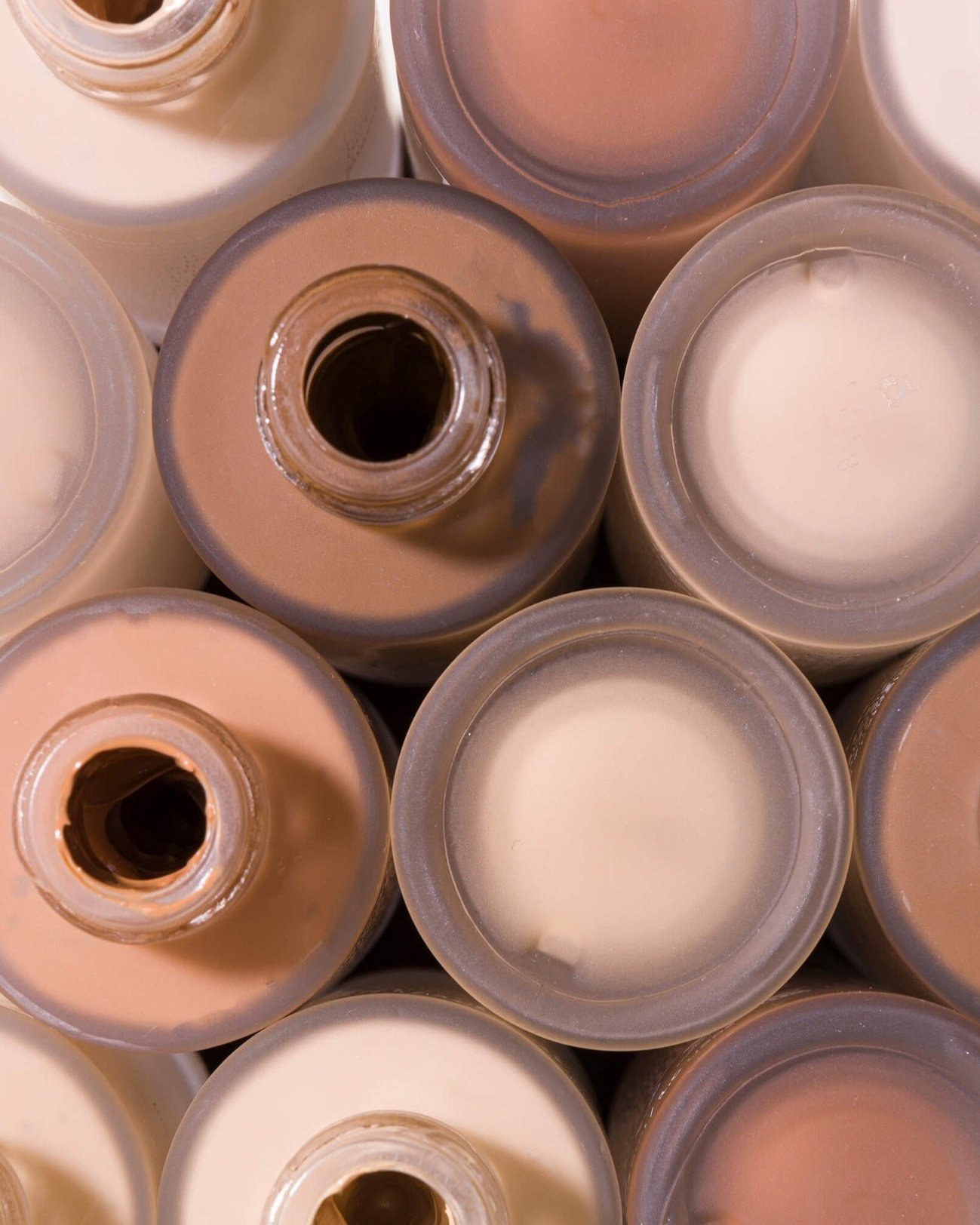Disclosure: Some of the links below are affiliated, so we may earn a small commission if you click through and make a purchase. We only add brands & products we truly believe in.
Your Guide to a More Stylish, Sustainable Fall
Pumpkin spice lattes, soft flannels, and campfires—we all know fall when we see it. But as with any trend, celebrating the season of coziness can easily turn into a high-consumption period.
How much waste might you be creating with that daily Pumpkin Spice Latte? What’s the true impact of those fast-fashion boots you’ll only wear for three months?
Fortunately, you don’t have to sacrifice style for sustainability to celebrate the season.
Why Does a Sustainable Fall Matter?
It’s easy to buy into fall trends without thinking twice about their environmental impact. But research shows there’s a reason to be more mindful about your fall.
For example, Americans discard 50 billion single-use coffee cups daily—most of which are coated in plastic. The negative implications of fall doesn’t stop at seasonal drinks, either. The fashion industry consumes one-tenth of all the water used industrially, and 20% of wastewater that flows into oceans stems from toxic chemical dyes.
If we use the fall season as an excuse to buy something cheap, new, and convenient, we’re contributing to consumption and pollution that degrade our planet. While the following items promote purchasing something new to you, many are made with recycled plastics or fabrics that have been diverted from the landfill. Others are so high-quality that they’re meant to be purchased once, and used for life.
Here’s our roundup of twelve festive fall products you can feel good about:
1. A Reusable Mug for Warm Drinks
It doesn't really feel like fall without a warm, frothy drink to sip on. Whether it’s pumpkin coffee or cinnamon tea, a solid mug can ensure you’re enjoying sustainably.
The Ceramic Mug from Soma has a leak-proof bamboo lid and double-walled insulation to keep your drinks warm long after you pour them. Ceramic can last a lifetime when cared for well. Plus, unlike plastic, it’s non-toxic and made from clay that comes straight from the earth.
If you’re used to getting coffee from a big chain store, this mug offers a chance to switch it up. Either add your own seasonal autumn drink at home, or take it to your local coffee shop to have them fill it up with something warm and delicious.
2. A Soft, Warm Blanket
Few things are cozier than wrapping yourself in a giant, chunky blanket at home. Yet many blankets are made with materials like polyester and acrylic. While these fibers can be warm and soft, they’re made from petroleum products.
That’s why we’re always on a mission to find the perfect sustainable bedding and blanket brands.
Enter: Bearaby. Bearaby’s 10lbs Cotton Napper is made from organic cotton, which uses significantly less water than ordinary cotton.
The blanket comes in cozy colors like asteroid gray and evening rose, and it’s also MADE IN GREEN by OEKO-TEX® and Fairtrade International certified. The napper is evenly weighted to promote restful sleep in all seasons, so you can use it even when the weather warms up.
3. The Perfect Pair of Sweats
Lounging at home in a cozy blanket isn’t complete without a go-to pair of sweatpants.
We love the Pact Airplane Joggers because they are made from organic cotton in a fair trade factory.
Pact is known for being a brand that makes high-quality clothing but also goes to greater lengths than most to trace the environmental impact of their products (this jogger has a carbon offset of 17.4 lbs).
The camel color is ideal for fall—and there’s even a sweater to match if you want to complete the set!
4. The Ideal Notebook for Journaling
Seasonal changes are the perfect time to reset and reflect on your goals. As we move from warmer months to shorter, cooler days, a journal can help you record your feelings, sketch ideas, and set intentions for the season ahead. So why not get started with a sustainable notebook?
Papier is a stationery company that strives for sustainability in multiple ways.
They use recyclable packaging and sustainably-sourced papers and ink.
Most of all, their journals and other products are made-to-order, which means they aren’t wasting paper by creating products in bulk (that later get sent to the landfill). We love their plain paper notebooks for doodling, visual journaling, sketching, writing, and more.
5. A Sophisticated Fall Bag
Whether you’re strolling campus, commuting to work, or reading at a local coffee shop, a sophisticated fall bag is a must.
For a polished, professional look that still feels very of-the-season, we suggest the Sombre Vintage Briefcase by Ecosusi.
The contrasting color palettes have a uniquely vintage feel, and the vegan materials mean no animals were harmed in the process.
We also love that Ecosusi is a female-led, all vegan brand with a commitment to ethical manufacturing practices. They vet and visit their factories frequently to ensure fair wages and reasonable working hours—all things we’re happy to support.
6. The Trendy Hat for All Occasions
Beanies are favorite for staying warm in fall, but if you want to level up the style a notch, The festival hat from Tentree is your best bet.
Reasonably priced and made from recycled wool, this fedora keeps your head warm without the itch of other cold-weather hats.
The only other material is cork, which comprises the accent band on the hat.
It’s perfect for leaf-peeping, fall festivals, dinners out with friends, and everything in between.
Tentree plants ten trees for every product purchased, which not only helps offset the impact of their production methods, but also helps directly add more greenery (and oxygen) to the earth.
7. A Pair of Recycled Sunglasses
If you’re in need of a new pair of shades, MITA has a stylish selection of sustainable, UVA/UVB protective sunglasses.
MITA starts with five water bottles and transforms them into a pair of wearable, high-quality, lightweight, and super cute eyewear. Their cleaning cloths and cases are made from recycled materials, too.
The MITA community works with a few different non-profit organizations to help clean up and protect our oceans and waterways.
Many of their styles in both eyeglasses and sunglasses come in a beautiful Merlot color that will go perfectly for fall!
8. The Chicest Cape
If you want a chic way to rethink your layered outfits, look no further than Fifth Origins.
Their cape infinity duo is handwoven from 100% organic linen.
These ponchos are one-size-fits-all, but they can also be made to order according to specific measurements (which doesn’t cost extra).
All their products are made in India by rural artisans, following fair-trade practices.
The defining feature of these capes is versatility.
They’re made with two colors, one on each side, so you can have two completely different looks. Plus, there’s more than one way to wear them, with over twenty styling options.
9. A Refined Flannel
Flannels scream chilly weather, but it takes time to find one that isn’t scratchy, shabby, or ill-fitting.
The blanket shirt by Outerknown is made from brushed organic cotton heavyweight twill (in other words, it’s soft).
We love that it walks the fine line between shirt and jacket.
Designed for layering, this flannel hits below the hips for a flattering cut, and the colors couldn’t get more perfect, either.
Outerknown is driven by a passion for responsible action and courageous change, and their entire brand is committed to practicing sustainability and supporting fair labor. Their used platform, where people can sell and shop pre-loved goods, has kept 1,300 garments from the landfill.
10. The Best Blazer
Autumn is for layers, and blazers are arguably the best one.
We love a plaid blazer for Fall, and the Winston Blazer from Reformation is our favorite. Find it in 3 neutral plaid color combinations that will ‘fall’ seamlessly into your Autumn wardrobe.
Reformation makes its clothing using low-impact materials, like Tencel lyocell, recycled cotton, linen, OEKO-TEX-certified regenerated nylon, or recycled cashmere. It also has some pieces produced from rescued deadstock fabrics (like this blazer) and repurposed vintage clothes.
This Climate-Neutral certified company is also very transparent about the factories it works with and how the products are made. Some of its clothes are produced locally in Los Angeles.
11. A Reliable Base Turtleneck
Turtlenecks are the fashion staple of fall—especially when paired with the perfect cardigan.
The Lux Paris Rib Turtleneck from Amour Vert can be found in this gorgeous green color or a basic black - both would be the perfect layering piece.
The brand partners directly with mills to source its fabrics to ensure its supply chain remains traceable.
It also creates its clothing in limited quantities to avoid unnecessary waste and ensure the highest production standards.
Amour Vert ships its products in packaging made from compostable and recycled materials and printed with soy-based inks.
12. Your Go-To Fall Bootie
Rain showers and cooler temps mean booties are a requirement for fall. However, leather is notoriously destructive to the environment—contributing to greenhouse gas emissions, and deforestation (not to mention its ethical implications). Sustainable, vegan leather boots are an eco-friendly alternative that look just as cute as leather, without the guilt. Nae is a sustainable, USA-made shoe brand with the perfect fall boots: Irma Black.
Featuring a block heel, vegan leather, and sustainable microsuede, these side-zipper ankle booties are slightly higher on the ankle than other booties, adding a more polished appearance. These boots are made in Portugal in a fair working environment.
About the Author
Michelle Polizzi is an independent writer and storyteller with 7 years of experience creating content online. Her writing has appeared in leading publications like Bitch, WELL+GOOD, Insider, and Healthline, and she covers topics like sustainable living, mental health, and intersectional feminism. Currently, she's pursuing an MFA in creative writing.
MAKE SURE TO PIN THE PHOTO BELOW TO SAVE THIS POST FOR LATER!
WANT MORE SUSTAINABLE BRANDS? VISIT OUR BRAND DIRECTORY!
Our Brand Directory is home to hundreds of sustainable brands, from makeup to cleaning supplies, from underwear to shoes. We have broken everything down by category for easy shopping, along with discount codes unique to Sustainably Chic viewers.






















